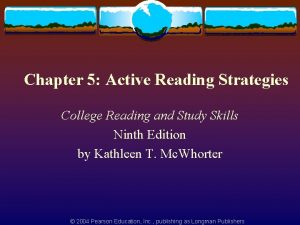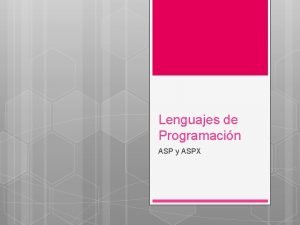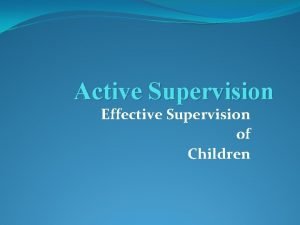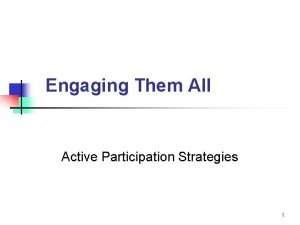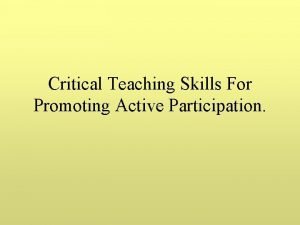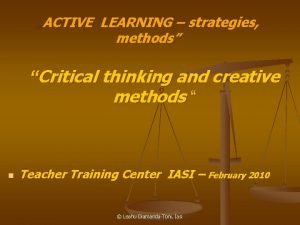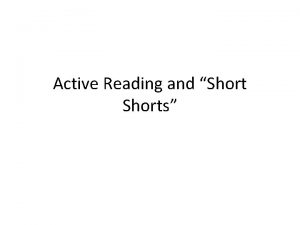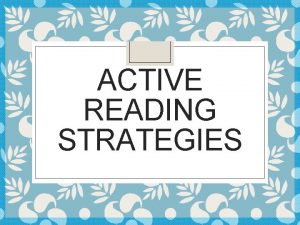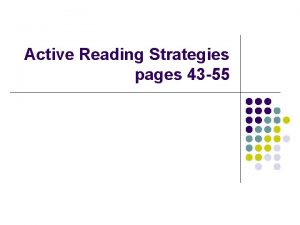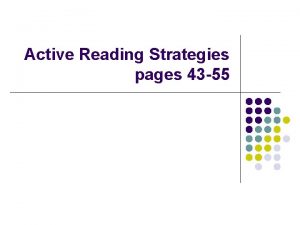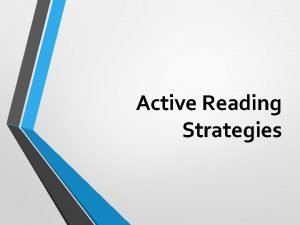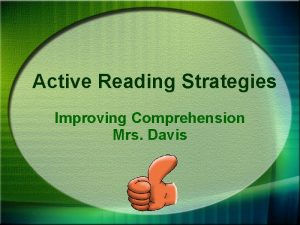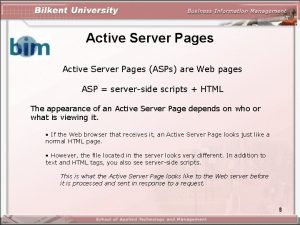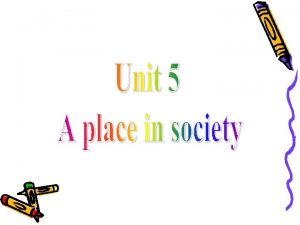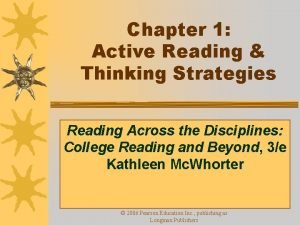Active Reading Strategies pages 43 48 Reading in













- Slides: 13

Active Reading Strategies (pages 43 -48)

Reading in College Assume Responsibility for Reading Assignments Know your reading level/style Make a plan Think and Read Critically What does the reading mean? How can I connect it to my own life?

Reading in College (Part 2) Adapt your reading skills to the material: Narrative Organized Chronologically Can be Visualized Elements of Story Analysis: Setting (where) Characters (who) Conflict (What) Plot (How) Climax (Then What) Resolution (So What) Non-Narrative 90% of what we read Informative or Persuasive Can contain elements of narrative

Reading in College (Part 3) Determine how to find your main idea: Informative Persuasive Identify the topic Identify the purpose 5 Ws How Determine what the author thinks about the topic (main idea) Use ‘why’ and ‘how’ to determine the main ideas Use Topic Sentences to find main idea clues

Read Actively Preview your text Read the title, subtitle, and author Read the introduction or first paragraph Read any headings and the first sentence following each one Read topic sentences Look at images, charts and drawings Read the conclusion or summary Read any questions at the end

Read with a Purpose Use the title of the essay to determine the type of writing and to devise questions: Title: “Part-time Employment Undermines Students’ Commitment to School” Title: “Human Cloning: Don’t Just Say ‘No’” Title: “Abolish the Penny” Use headings and topic sentences to devise questions: Heading: “Guide to Active Reading” Heading: “Read with a Purpose”

Finding the Topic and Main Idea Topic: a 1 -3 word statement of the thing/event the essay is about Main Idea: a complete sentence expressing what the author thinks about the topic, written in your own words

Drafting a Summary Outline Susie Student Erin Herrmann Fundamentals 0960 7 December 2011 Topic Sentence: In “Abolish the Penny” by William Safire, he argues that pennies should no longer be in circulation in America. Reason #1 Reason #2 Reason #3 Reason #4 Reason #5 Reason #6

Summary Topic Sentences Topic Sentence: In “Abolish the Penny” by William Safire, he argues that pennies should no longer be in circulation in America. Title of article Title Case Author’s Name Main idea

Major Details vs. Minor Details Major Details General ideas that support the stated main idea of text. Reasons Points in an argument Points of a comparison Further elaboration of main idea Minor Details Specifics that illustrate or support the major details of a text. Examples Specific Details Specific Instances Statistics

Signal Words for Major and Minor Details Major Details First, Second, Third One Another Furthermore Moreover Next Also Finally Not all major and minor details have signal words. Minor Details For example An example is For instance To be specific That is This means Case in point To illustrate

Example Paragraph Dogs benefit humans in many ways. First, dogs often act as companions, giving their owners love and attention. This is why they are called “Man’s Best Friend. ” Next, they protect their owner’s property. For example, they protect homes, work sites, and junk yards. They also work as seeing eye dogs, assisting the blind. For instance, they can assist the blind person with crossing the street safely or maneuvering through a crowded store. Moreover, they assist paraplegics by fetching their owners needed item. A case in point is my friend Bob, who has a golden retriever that trails him all day long, picking up dropped items, such as his pens, and fetching things, such as the newspaper, that Bob needs.

Stated Main Idea: Dogs benefit humans in many ways. Major Details First, dogs often act as companions, giving their owners love and attention. Next, they protect their owner’s property. They also work as seeing eye dogs, assisting the blind. Moreover, they assist paraplegics by fetching their owners needed items. Minor Details This is why they are called “Man’s Best Friend. ” For example, they protect homes, work sites, and junk yards. For instance, they can assist the blind person with crossing the street safely or maneuvering through a crowded store. A case in point is my friend, Bob, who has a golden retriever that trails him all day long, picking up dropped items, such as his pens, and fetching things, such as the newspaper, that Bob needs.
 Printed pages vs web pages
Printed pages vs web pages Example of active reading
Example of active reading Active reading strategies college
Active reading strategies college Active server pages paradigma
Active server pages paradigma Pre reading while reading and post reading activities
Pre reading while reading and post reading activities Active learning strategies to promote critical thinking
Active learning strategies to promote critical thinking Principles of active supervision
Principles of active supervision Different kinds of choral speaking
Different kinds of choral speaking Promoting active participation
Promoting active participation Active learning strategies to promote critical thinking
Active learning strategies to promote critical thinking Passive bond portfolio management strategies
Passive bond portfolio management strategies Active equity portfolio management strategies
Active equity portfolio management strategies Active equity portfolio management strategies
Active equity portfolio management strategies Boolean operators
Boolean operators


